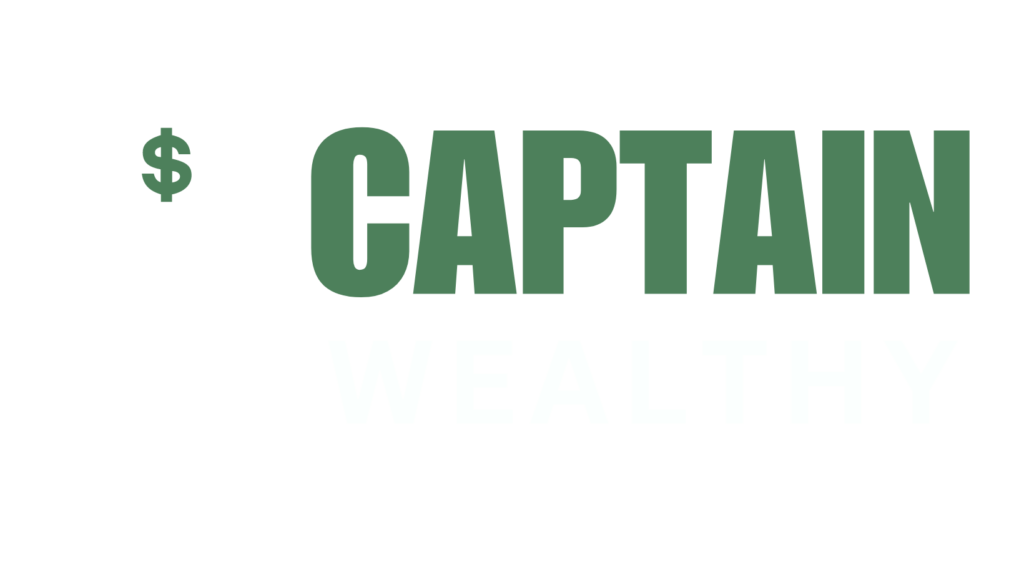Payroll reconciliation might not be the most thrilling task, but it’s a cornerstone of running a successful business.
This comprehensive guide dives into the ins and outs of payroll reconciliation, offering quick tips and long-term strategies to make the process smoother and less burdensome.
What Is Payroll Reconciliation?

In financial terms, “reconciliation” means ensuring all records of the same event match up accurately. For payroll, this involves verifying that your ledger aligns with the actual payments made to employees. Every bookkeeping record should reflect the actual pay, including all deductions from employees’ paychecks.
Importance of Payroll Reconciliation
Payroll reconciliation is critical for several reasons:
- Accuracy: Ensures payroll is correct, avoiding costly errors.
- Compliance: Maintains accurate records for financial reporting and compliance.
- Efficiency: Simplifies the generation of quarterly and year-end reports.
- Error Detection: Prevents issues when discrepancies arise, making audits less painful.
Key Steps in Payroll Reconciliation
Step 1: Use Modern Payroll Software
Efficient payroll reconciliation starts with the right tools. Modern payroll services like Gusto simplify the process, automating many steps and reducing manual errors. These platforms offer features like automatic tax calculations, direct deposit, and detailed payroll reports.
Step 2: Conduct Pre-Payday Reconciliation
Reconciling payroll before issuing payments can save significant time and hassle. Compare the upcoming pay cycle with previous periods to spot discrepancies early. Tools like Gusto provide pre-payday summaries, making this step straightforward.
Step 3: Verify Employee Categories
Ensuring employees are correctly categorized (exempt vs. non-exempt, employee vs. contractor) is crucial. Misclassification can lead to incorrect pay and tax errors. Regularly review and update employee categories in your payroll software.
Step 4: Consistent Reconciliation
Consistency is key. Reconciling payroll regularly, rather than in bulk, reduces errors and simplifies the process. Aim to reconcile with every pay cycle instead of monthly or quarterly.

Quick Tips for Immediate Improvement
Tip 1: Leverage Modern Payroll Services
Tools like Gusto offer seamless payroll processing, tax filing, and easy integration with accounting software. This integration allows real-time comparisons, streamlining the reconciliation process.
Tip 2: Reconcile Before Payday
Identify and fix errors before issuing payments to avoid complex corrections later. Pre-payday reconciliation ensures everything matches up before finalizing payroll.
Tip 3: Check Employee Classifications
Regularly verify that employees are correctly categorized. This prevents payroll errors and ensures compliance with tax laws.
Tip 4: Maintain Consistency
Consistently reconcile payroll each cycle. This regularity reduces the overall time spent on the task and catches errors early.

Long-Term Strategies for Payroll Reconciliation
Strategy 1: Proper Training for Payroll Staff
Effective payroll reconciliation requires well-trained staff. Ensure your team understands the payroll system, accounting tools, and compliance requirements. Implement a checks and balances system to catch errors, where one person processes payroll and another reconciles it.
Strategy 2: Year-End Payroll Reconciliation
A thorough year-end reconciliation is essential, even with regular checks throughout the year. Use this time to identify any missed errors and prepare for tax filings and W-2 distributions.
Conduct a debrief meeting to discuss improvements for the next year.
Strategy 3: Implement a Reconciliation Checklist
Create a detailed checklist to guide the reconciliation process. Include steps like verifying employee details, confirming payroll accounts, and comparing summary reports to the general ledger.
Update this checklist regularly based on feedback and observed errors.
Final Thoughts
Payroll reconciliation is a vital process for maintaining accurate financial records and ensuring compliance. By adopting modern payroll software, conducting regular reconciliations, and implementing thorough training and checklists, you can streamline this task and reduce the likelihood of errors.
Stay consistent and proactive in your approach to make payroll reconciliation as smooth and efficient as possible.
Frequently Asked Questions
1. What is payroll reconciliation?
Payroll reconciliation is the process of ensuring that payroll records match the actual payments made to employees, including all deductions and withholdings.
2. Why is payroll reconciliation important?
It ensures accurate payroll, compliance with financial reporting and tax laws, and simplifies the generation of quarterly and year-end reports.
3. How can modern payroll software help with reconciliation?
Modern payroll software automates many reconciliation steps, offers real-time integration with accounting tools, and provides detailed payroll reports, reducing manual errors.
4. How often should payroll reconciliation be done?
For best results, reconcile payroll with each pay cycle to catch errors early and reduce the overall time spent on the task.
5. What should be included in a payroll reconciliation checklist?
A checklist should include steps for verifying employee details, confirming payroll accounts, comparing pay runs, and generating summary reports for accurate reconciliation.



